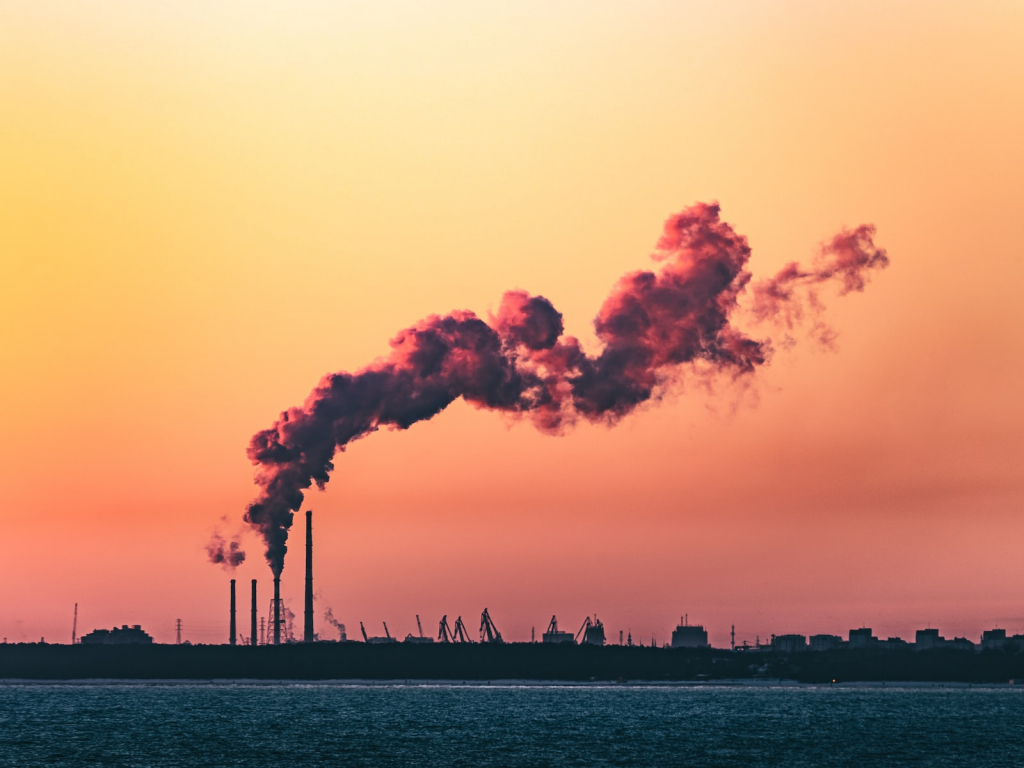Making sure greenhouse gas removal works for people and the planet
As part of the CO2RE greenhouse gas removal hub, NbSI Postdoctoral Researcher Dr John Lynch has been contributing to an evaluation framework for different greenhouse gas (GHG) removal methods. CO2RE conducts research, co-ordinates demonstration projects around the UK, connects to other relevant national and international programmes and commissions grants through a flexible fund. The CO2RE […] October 3, 2022
As part of the CO2RE greenhouse gas removal hub, NbSI Postdoctoral Researcher Dr John Lynch has been contributing to an evaluation framework for different greenhouse gas (GHG) removal methods.
CO2RE conducts research, co-ordinates demonstration projects around the UK, connects to other relevant national and international programmes and commissions grants through a flexible fund.
The CO2RE evaluation framework is a tool to assess GHG removal projects. The framework uses a set of harmonised, science-based criteria to evaluate how much CO2 projects remove, for how long, and whether these projects are sustainable in the longer term. The sustainability indicators test for:
- impacts or benefits for the natural environment
- interactions with society
- the viability and sustainability of business models
- how the GHG removal project interacts with technical and legal systems.
Lynch’s work focuses on the carbon sequestration potential of different land-uses, and associated environmental and socioeconomic co-benefits or trade-offs. The evaluation framework will ensure that the full implications of deploying GHG removal methods – whether they might support ecological recovery or risk wider environmental impacts, for example – can be assessed alongside their climate change mitigation potential. The approach will be trialled with emerging carbon removal techniques, and will become increasingly important as we consider whether they can be sustainably scaled up to meet our climate targets.
Read more on the CO2RE evaluation framework webpage.
